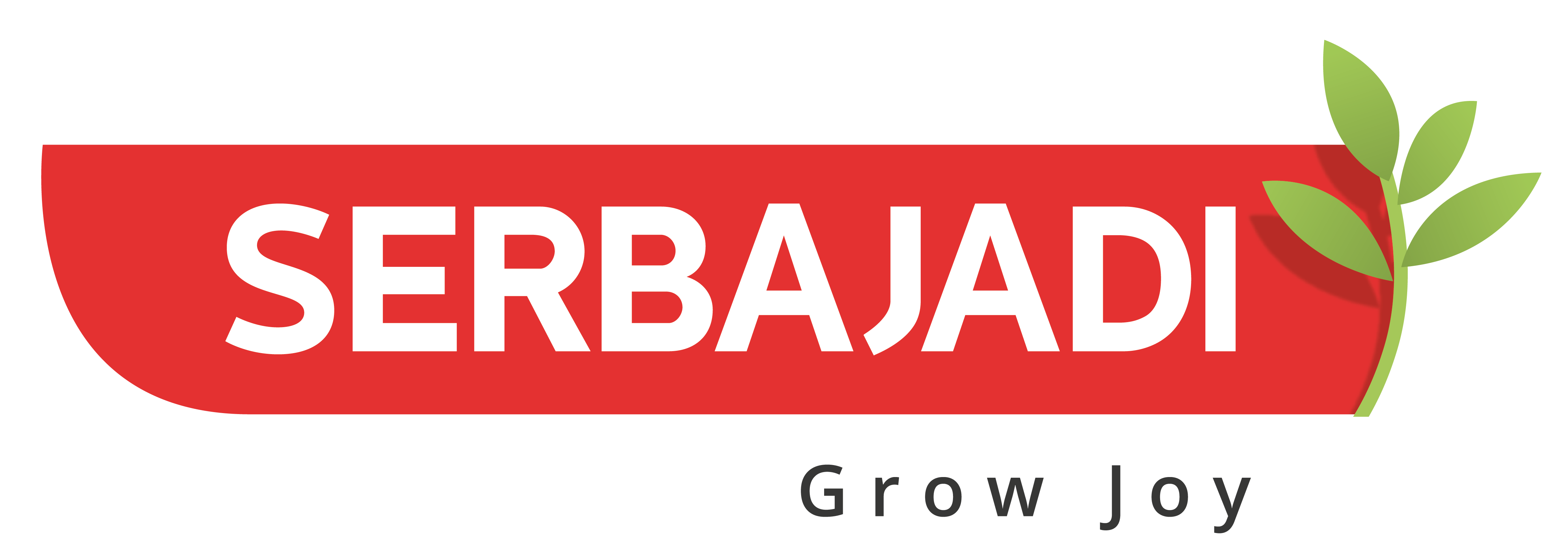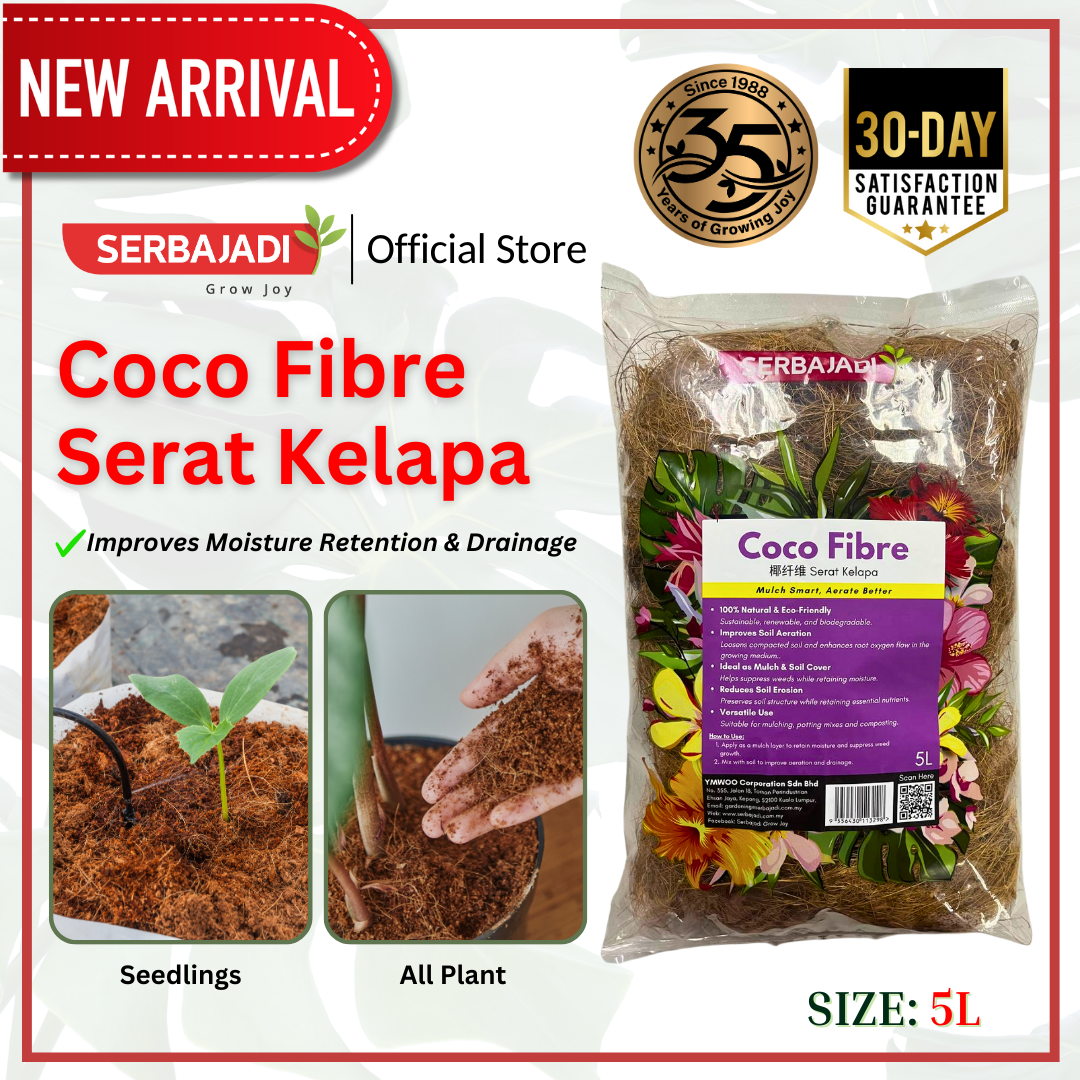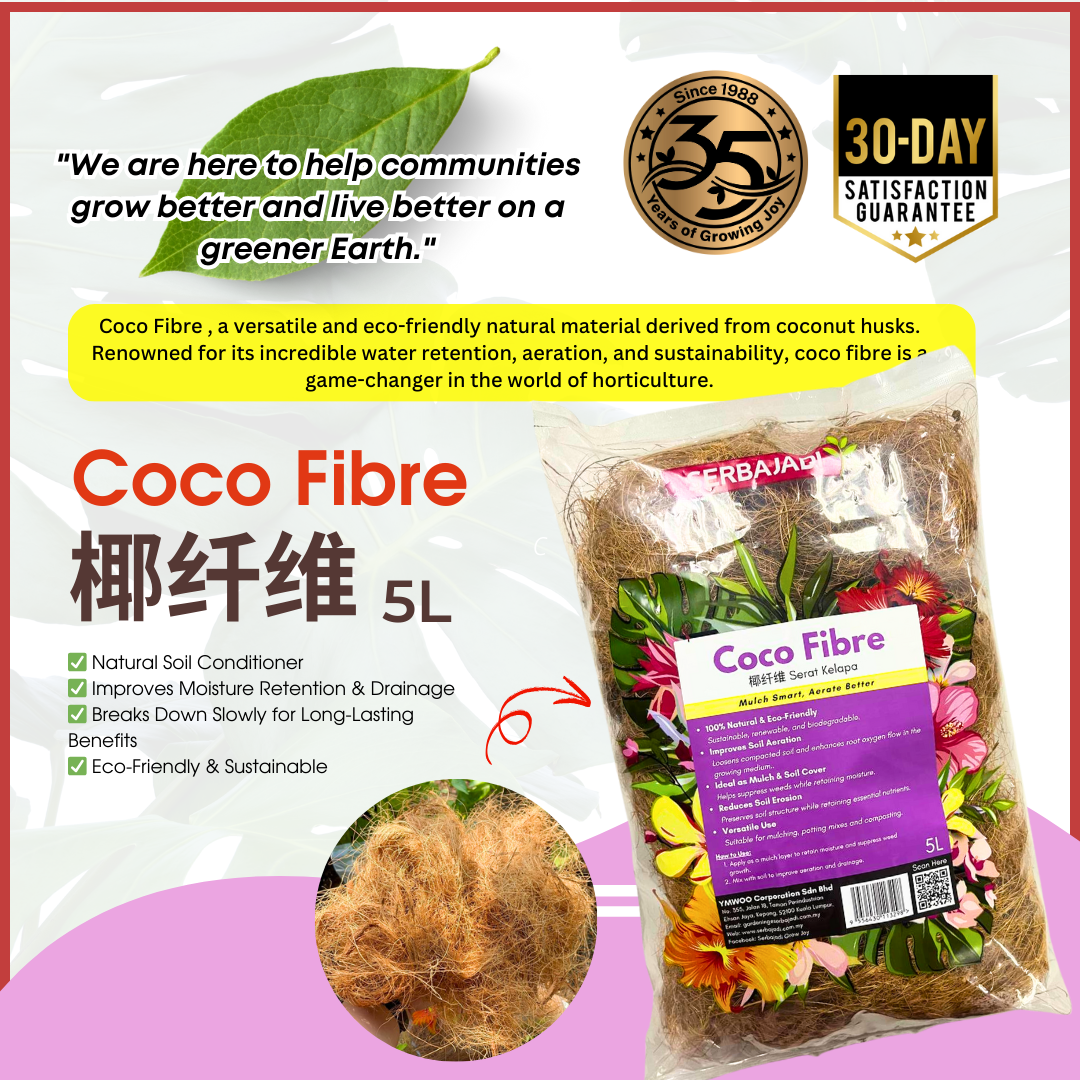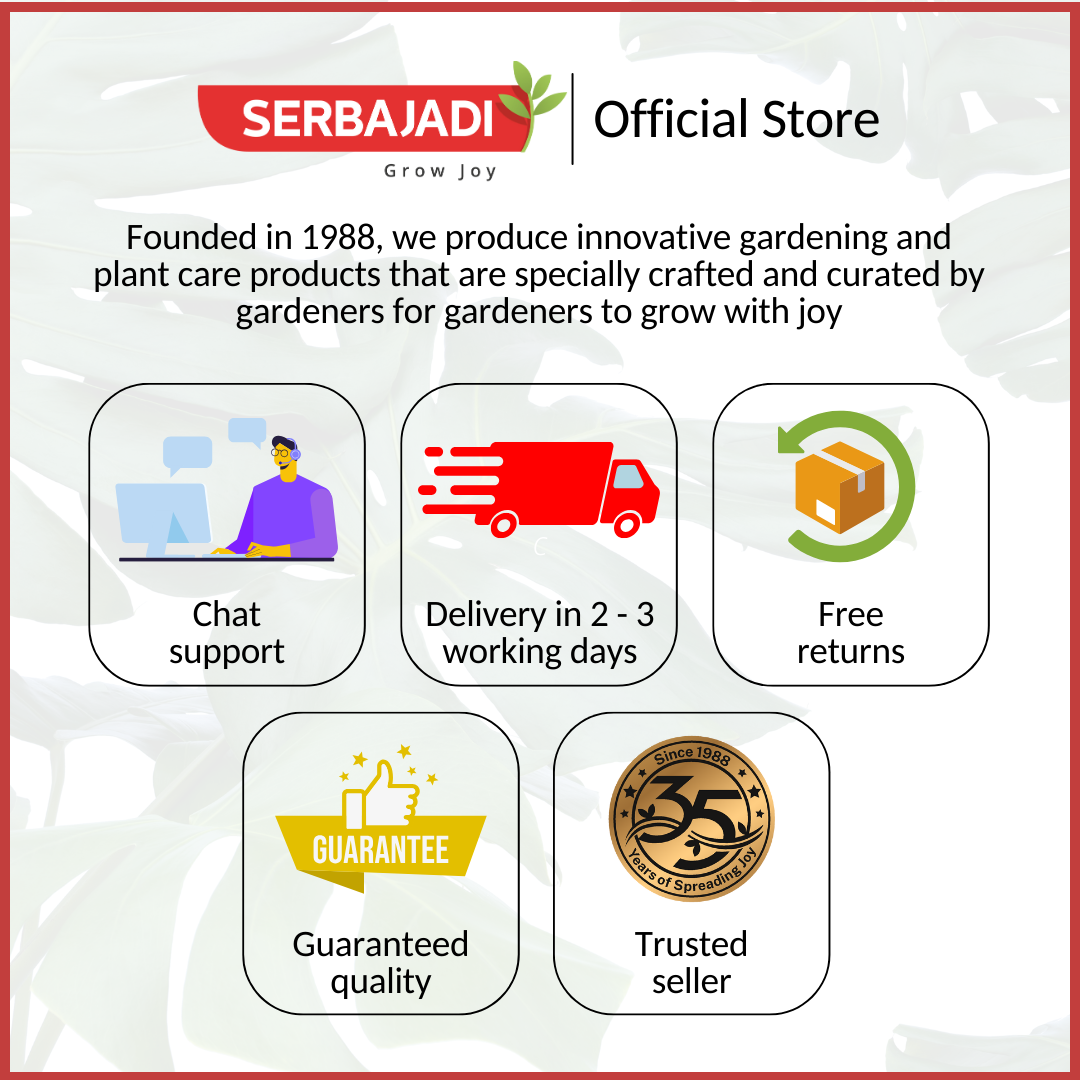What is Coco Fibre?
Coco fibre, also known as coir fibre, is extracted from the outer husk of coconuts. This renewable resource is processed into various forms—such as loose fibres, mats, discs, or blocks—and used as a soil amendment, growing medium, or mulch. Unlike peat moss, which is non-renewable and environmentally taxing, coco fibre is biodegradable, reusable, and sourced from a sustainable agricultural byproduct.
Its unique properties make it an ideal choice for improving soil structure, retaining moisture, and promoting root health—all while being gentle on the planet.
Key Benefits of Coco Fibre
- Exceptional Water Retention Coco fibre can hold up to 8-9 times its weight in water , ensuring consistent moisture levels for plants. This makes it perfect for areas prone to dry spells or for indoor plants that require steady hydration.
- Superior Aeration Its fibrous structure creates air pockets within the soil, allowing oxygen to reach plant roots. This prevents compaction and promotes healthy root development, reducing the risk of root rot.
- Sustainable and Eco-Friendly As a byproduct of coconut processing, coco fibre repurposes waste material that would otherwise go unused. It’s 100% biodegradable, renewable, and has a much lower environmental impact compared to alternatives like peat moss.
- pH Neutral and Nutrient-Rich High-quality coco fibre is pH-neutral (around 5.7–6.5) and free from harmful contaminants. It also contains natural lignin and cellulose, which improve soil structure and encourage microbial activity.
- Resists Compaction Unlike traditional soil or peat-based products, coco fibre resists compaction over time. This ensures long-lasting performance and reduces the need for frequent replenishment.
- Lightweight and Easy to Handle Coco fibre is lightweight, making it easy to transport, mix, and use. It’s especially convenient for rooftop gardens, container gardening, and hydroponic systems.
- Versatile Applications From seed starting and potting mixes to erosion control and landscaping, coco fibre adapts seamlessly to a wide range of uses, making it a favorite among gardeners, farmers, and landscapers alike.
How to Use Coco Fibre
- Soil Amendment: Mix coco fibre with garden soil to improve drainage, aeration, and water retention. It’s particularly beneficial for heavy clay soils or sandy soils that struggle with moisture balance.
- Seed Starting: Create a light, fluffy mixture using coco fibre for germinating seeds. Its moisture-retentive properties ensure consistent hydration during critical early growth stages.
- Potting Mixes: Combine coco fibre with compost, perlite, or vermiculite to create a balanced potting mix for potted plants, hanging baskets, or container gardens.
- Hydroponics: Use coco fibre as a standalone substrate or blend it with other materials like perlite for hydroponic setups. Its fibrous structure provides excellent support for roots while retaining moisture and nutrients.
- Erosion Control: Spread coco fibre mats or blankets over slopes, embankments, or bare soil to prevent erosion and promote vegetation growth. It stabilizes the soil while retaining moisture.
- Mulching: Apply a layer of coco fibre around plants to conserve moisture, suppress weeds, and regulate soil temperature. It’s an attractive and functional alternative to traditional mulches.
- Baskets and Liners: Use coco fibre mats or liners for decorative planters, hanging baskets, or vertical gardens. Its natural appearance adds aesthetic appeal while supporting plant health.
Why Choose Coco Fibre Over Other Growing Media?
While alternatives like peat moss, straw, or bark are common, coco fibre stands out due to its unique combination of benefits:
- Renewable Resource: Unlike peat moss, which takes centuries to regenerate, coco fibre is a fast-growing, renewable material.
- Better Moisture Management: Holds more water than straw or bark while preventing waterlogging.
- Longer Lifespan: Resists decomposition longer than organic materials like peat or compost.
- Eco-Conscious Choice: Supports sustainable agriculture by utilizing a byproduct of coconut farming.
By incorporating coco fibre into your gardening or farming practices, you not only enhance plant growth but also contribute to a healthier planet.
Make Coco Fibre Your Go-To Growing Medium!
Transform your garden, farm, or landscaping projects with the incredible versatility and sustainability of coco fibre. Whether you’re nurturing delicate seedlings, cultivating lush houseplants, or managing large-scale agricultural operations, coco fibre delivers exceptional performance and reliability.
🌱 Grow Greener, Live Cleaner—Choose Coco Fibre! 🌱







